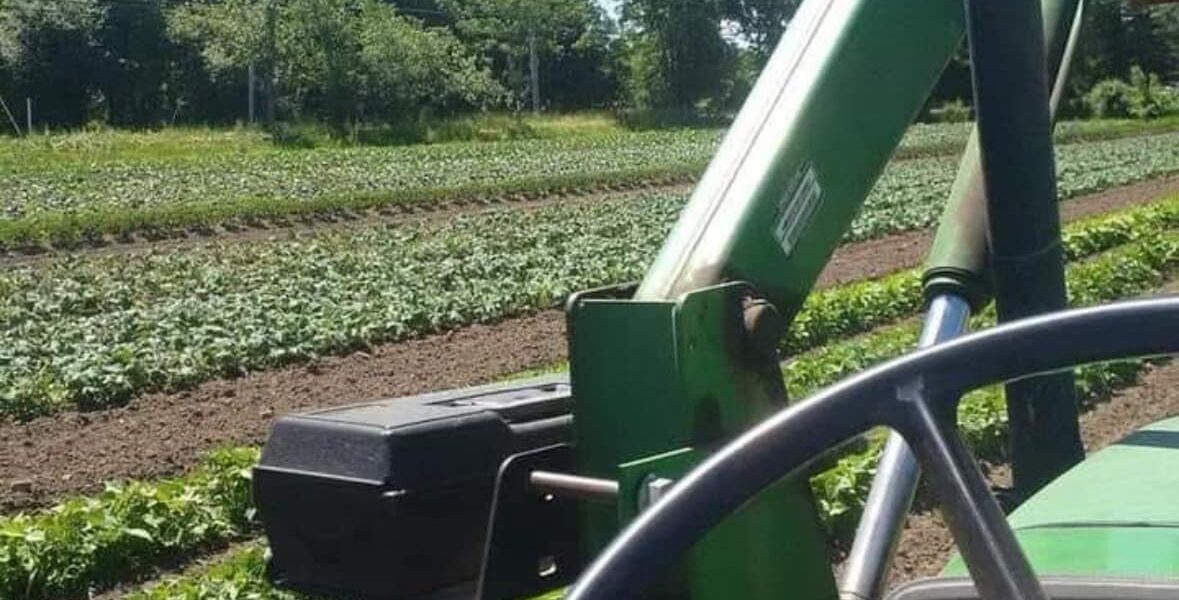$250,000 an acre.

That’s the price developers are willing to pay for my farm—the same land that’s been in my family’s care for over three centuries.
We live in a world gripped by what they call a “land shortage” or a “housing shortage.” Commercial spaces are in high demand, and the open fields of my farm sit like a jewel amid a landscape quickly being swallowed by concrete and asphalt. Sometimes, I joke that the developers visit me more often than my own neighbors do when they come to buy groceries.
The truth is, the large tracts of land still left around here are mostly privately owned. Many are working farms—orchards, specialty crops, small livestock, cattle, and some dairy. Some welcome visitors seasonally, others year-round, but none are nearly as abundant as they used to be. Each year, the number of these farms shrinks by one or two, and I have the same difficult conversation every year.
In the last six months alone, three developers have knocked on my door. They’re patient, waiting for a moment of weakness—a bad season, a stressful month, or a day when the weight of this life feels too heavy.
I own 52.25 acres. Most are cultivated, but some lie dormant, awaiting reclamation whenever funds allow.
I’ve said it before, and I’ll say it again: farming is hard. Mentally, physically, emotionally—it will test you in ways no one can fully explain. But this is the only life I know, and I love it fiercely.
I am only the fourth family to call this farm home since 1710. For over 300 years, this land has sustained generations—nourishing families, communities, and traditions. I am proud to be its caretaker.
I grow crops that feed not only my family but the people in this community who support us every day. Some years are good—years when you can make an honest living. Others, Mother Nature swoops in with storms, droughts, or freezes, knocking you down again. But no matter the hardships, I lace up my boots every year, ready to face the next growing season.
As I close out the 92nd year of my family farming here and look toward the New Year, I wonder how much longer this little piece of earth can withstand the pressures of development and change. It has survived wars, economic upheavals, and natural disasters—but its future is uncertain.
So as you think about your resolutions for the coming year, I ask you to add something important to your list: support LOCAL FARMS.
-
Cook at home more in 2024 and let farm stands inspire your meals.
-
Consider joining a Farm Share.
-
Choose local milk and produce.
-
Visit farmers markets near your home or work.
-
Most importantly: visit farms, choose local, eat local, shop local.
Here in Littleton, there are fewer than half a dozen working farms left. If you live outside this community, that number might be even smaller in your town.
Once land is lost to development, it’s gone forever. The future of our farms, pastures, and working landscapes depends on all of us—not just the farmers who tend the soil.
Farms will stand strong only as long as their neighbors support them.
You have a powerful voice—the voice of your food dollars. Use it wisely. Vote with your purchases. Support your local farms, the neighbors who grow your food, and the caretakers who preserve our land rather than sell it to developers.
Together, let’s protect this legacy—for ourselves, for our children, and for generations yet to come.
Let’s work together to keep the earth alive and the farms thriving. ❤




